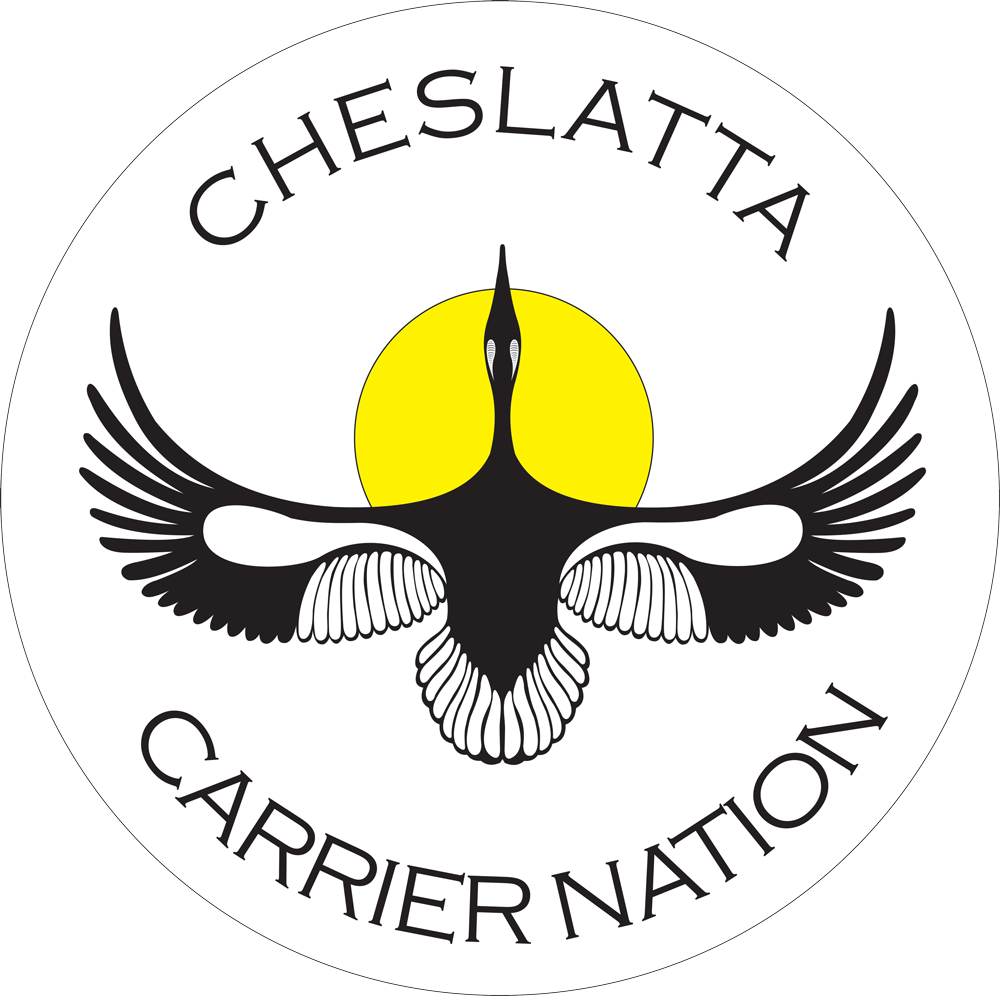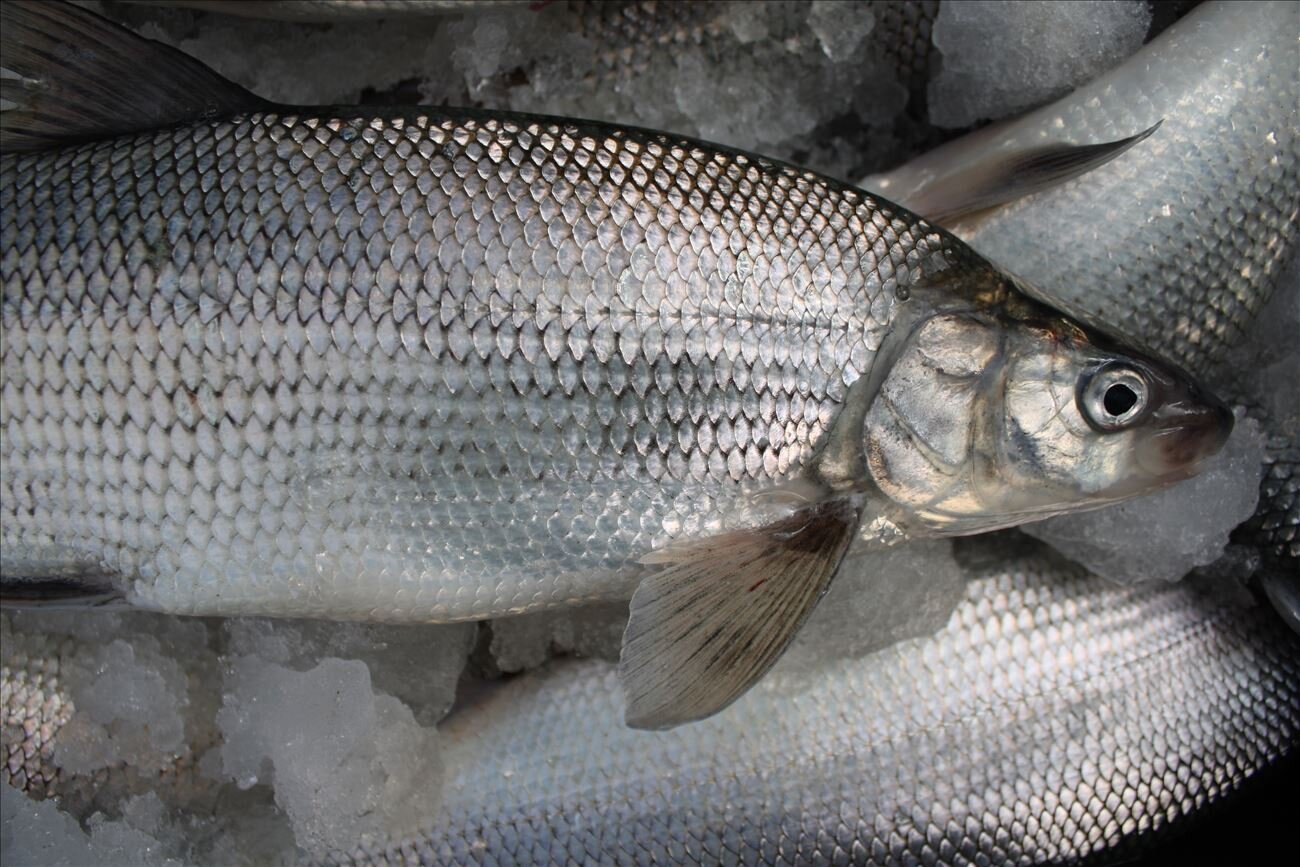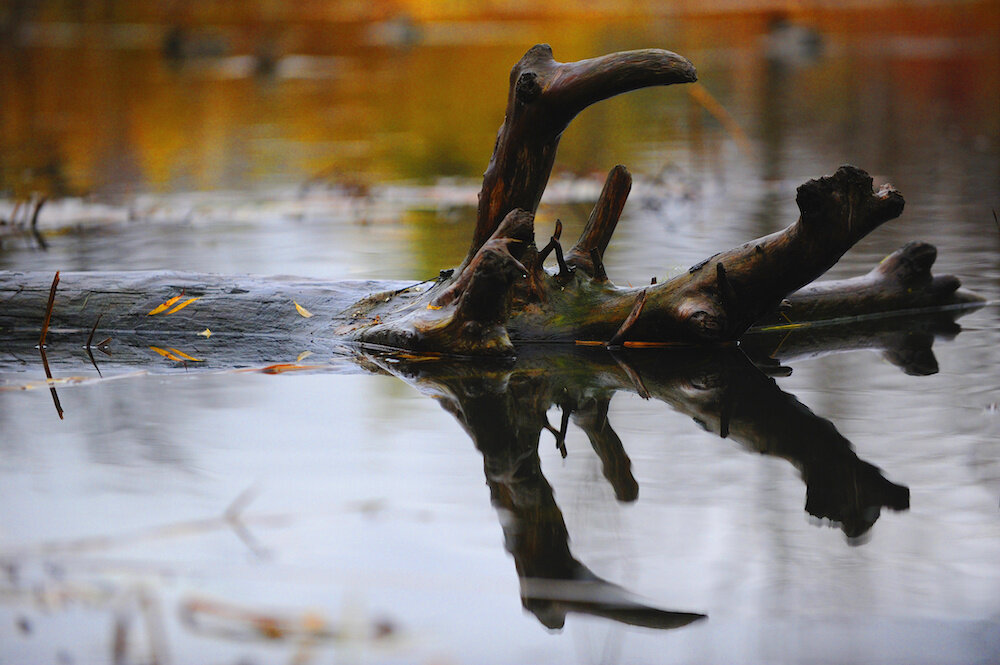Steel Clean-Up Project
Cheslatta Contracting LP and Cheslatta Carrier Nation, with support from Rio Tinto and ABC Recycling Ltd., have successfully completed the Steel Clean-Up Project. This initiative began in October 2023 with initial planning discussions to remove the TBM Cutter Head from the Cheslatta Mill site. The scope of the project quickly expanded to include a broader environmental effort at the mill site, focusing on the removal of scrap steel, old equipment, a Bee-hive burner, non-operable marine equipment, and scrap vehicles from the community. Equipment crews were mobilized in mid-June and completed the project by mid-July, processing an impressive 800 tons of scrap steel. The operation ran smoothly, with excellent collaboration between ABC, CCLP, and CCN.
UMAM TRADITIONAL FISH STUDY
Cheslatta Elders share stories of a unique species of fish called ‘Umam’ thought to be related to the White Fish. Umam was a staple part of the diet for Cheslatta members but it disappeared from Cheslatta lake and other lakes in Cheslatta territory after the Kenney Dam was complete in 1952. Completion of the Kenney Dam meant that water from several lakes, which used to flow into the Nechako River, was diverted through a tunnel to the Kemano Generating Station to produce electricity to power the aluminum smelter in Kitimat. Creation of the Nechako Reservoir behind the Kenney Dam resulted in extraordinary environmental damage and negative impacts to fish and wildlife. The Cheslatta Carrier Nation is undertaking a new study to determine if there are any surviving Umam left in Cheslatta lake.
CARIBOU HABITAT & RESTORATION INVENTORY
Cheslatta territory has been home to herds of Mountain Caribou for as long as anyone can remember. Cheslatta Elders recall stories from their parents and grandparents about how important Caribou were to Cheslatta members both for diet and clothing. Work has been underway for several years to determine strategies to help increase Caribou populations in Cheslatta territory. Studies have shown that one of the first steps is to clear driftwood from the shores of several lakes in Cheslatta territory so that young Caribou can more easily access water from the lakes. Huge piles of driftwood prevent wildlife from accessing the shorelines. Increasing Caribou populations is a long-term project that the Cheslatta say is well worth the time, effort, and resources given how important Caribou was and still is to Cheslatta members. BC Environment set-up remote cameras this year in key areas of the territory to track Caribou migrations. CCN Marine Services was also involved with this program.
LICHEN RESTABLISHMENT PROGRAM
One of the keys to restoring Caribou populations in Cheslatta territory is to increase the amount of lichen in old growth forest stands. Lichen is a favourite food for Caribou but the amount of lichen available to help sustain the Caribou declined after the Nechako Reservoir was created. The Cheslatta know that without more lichen, there is no hope of increasing the number of Caribou. Cheslatta is working with other indigenous nations and communities to assist in transferring more lichen back into Cheslatta territory. Part of the BC Caribou Recovery Program involves restoring lichen in the wildfire burned areas of Cheslatta territory. This will be an ongoing project. Another key part of the project involves decommissioning forest and access roads in certain areas of the territory.
DRIFTWOOD MITIGATION
One of the negative impacts of the creation of the Nechako Reservoir in the early 1950s was that huge areas of vibrant forests were flooded. There was no logging of these areas before the water started to rise behind the Kenney Dam and over time, the trees died and began to float to the surface the of the reservoir. As trees amassed on the surface, seasonal winds blew them onto the shores of the reservoir and blocked access for wildlife and caused other negative impacts to ecosystems. Cheslatta has made several attempts during the past two decades to create a commercial use for the driftwood. Area sawmills have experimented with sawing the wood to make lumber, and Cheslatta has also used some of the fiber to create paddles and other wood products through the Chief Louie Paddle Company. As Cheslatta now wants to restore Caribou populations and clean-up the shores of the reservoir, it knows that a mammoth project will be required to clear away the driftwood. This initiative is part of the Cheslatta – Rio Tinto Reservoir Stewardship agreement.
TRADITIONAL USE VILLAGES, CAMPSITES & TRAILS STUDY UPDATE
The Cheslatta Carrier Nation undertook a substantial Traditional-Use Study in the 1980s. It involved interviewing Cheslatta Elders about their recollections of villages, campsites, trails, and special-use areas that sustained the Cheslatta prior to the creation of the Kenney Dam and the Nechako Reservoir which flooded huge parts of Cheslatta territory. Cheslatta will now ‘ground truth’ the Traditional-Use Study using a combination of lidar imaging technology and teams of Cheslatta members conducting archeological studies at key sites. CCN did a lidar mapping project three years ago and discovered a few significant village sites. Plans include Cheslatta teams visiting these sites in 2021 to conduct more research.
Guardian Program
In March of 2019, Cheslatta and the BC government concluded the Cheslatta/British Columbia Reconciliation Agreement. One of the many components is a 10-year Collaborative Management Agreement between CCN and BC Parks. The goal of the Collaborative Management is to jointly manage BC Park activities and jurisdiction in Tweedsmuir Park North and in Protected areas. As well, CCN will integrate a Guardian Program whereby CCN members will monitor all activities in the CCN Territory. The goal is to promote and assist CCN members to achieve high levels of training and education required to become Parks Officials and Conservation officers.
NE TOO PROJECT (Kenney dam water release facility)
The Aluminum Company of Canada completed the Kenney Dam in 1952, and resulted in the inundation over 120,000 acres of forests and land. Instead of incorporating a spillway at the Kenney Dam, Alcan chose instead to construct a release facility upstream of the Cheslatta Lake and River system at Skins Lake. This decision caused a long portion of the Upper-Nechako River to dry up and subsequent releases from the Skins Lake Spillway caused the Cheslatta people to be forcibly evicted from their homelands and the Cheslatta River and Lake to undergo annual flooding events since 1952.
The Cheslatta Carrier Nation has long advocated for a release facility at Kenney Dam and have invested decades negotiating through various process to bring government and industry together to make the facility a reality.
The benefits of a release facility at Kenney Dam are enormous and far-reaching:
1. The entire stretch of the upper Nechako River, from the dam down to Cheslatta Falls will be re-watered.
2. Annual discharges and flooding events in the Cheslatta system will essentially be eliminated forever, thus ending the annual flooding of Cheslatta cemeteries and the substantial erosion and siltation events.
3. Temperature targets for migrating salmon (Sockeye and Chinook) will be easier to manage with water being released directly into the Nechako River at Kenney Dam.
4. Environmental rehabilitation will commence on the 50 miles (80 km) Cheslatta River and Lake system.
5. Environmental rehabilitation of the upper Nechako River will improve habitat for Chinook salmon and freshwater fish species.
6. Annual Nechako River flow hydrograph can be improved to more mimic a natural Interior river.
In 2018, Rio Tinto agreed to work with the Cheslatta Carrier Nation and the Major Projects Coalition to embark on a series of studies to confirm the environmental, engineering, and economic feasibility of the project. In August of 2020, Phase Two fieldwork commenced to gather more data.
We’re involved in many projects and businesses, just a few of which are highlighted here. For more on our Economic Development arm, please click here.
Contact
OFFICE 250-694-3334 FAX 250-694-3632 EMAIL reception@cheslatta.com
Please contact us using the information above or through the contact form below.
Media Enquiries please contact Mike Robertson mrobertson@cheslatta.com
Our Office
Physical
26999 Keefes Landing Rd, Danskin, BC, V0J 2P0
Mailing
P.O. Box 909 Burns Lake, BC, V0J 1E0















